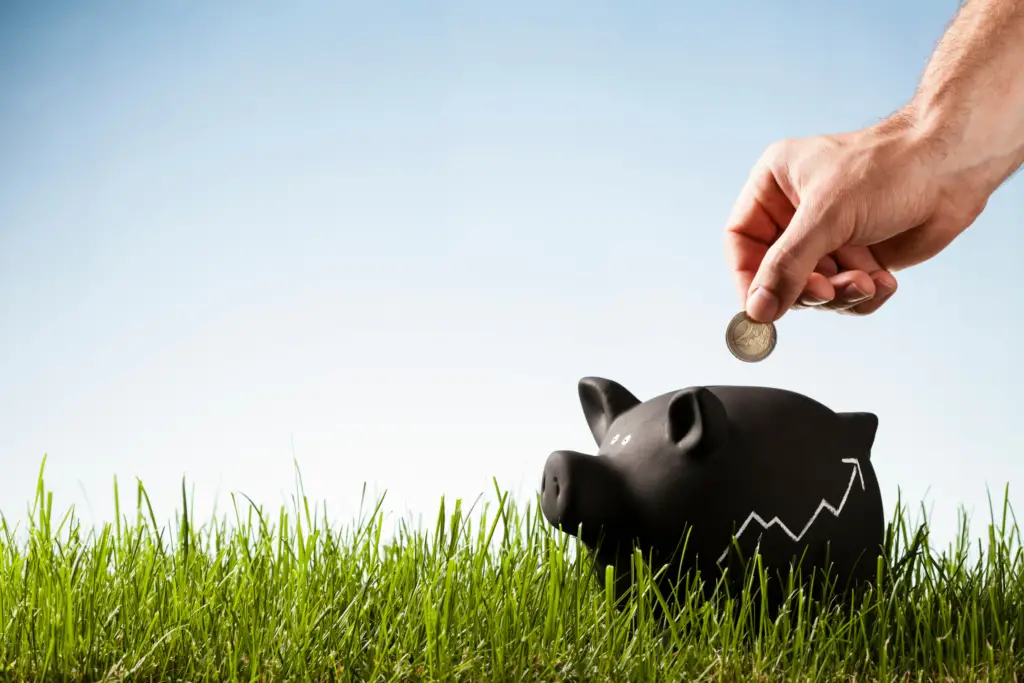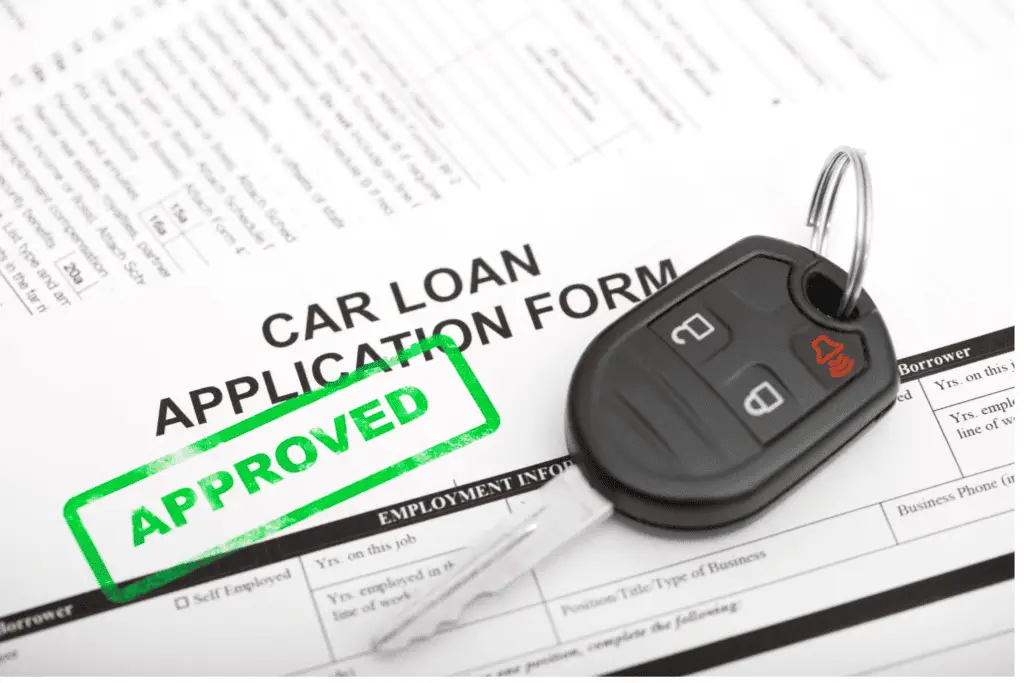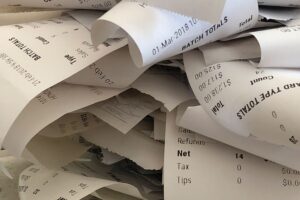Green Banking Products - Align Your Money with Your Values

1. Green mortgages
Green mortgages, in general, provide customers with loans at a lower than market interest rate if they purchase energy efficient homes or invest in retrofits to make it more energy efficient (UNEP, 2007), (NATF UNEP, 2007). Other features can include financing the cost of moving between a traditional and energy efficient house, home energy ratings and offsetting emissions annually during the loan period (Rakic & Mitic, 2013).
- Discounted loans if you purchase an energy-efficient home, for example, a home with solar panels or a solar hot water system
- Discounted loans if you purchase a property and plan to make improvements that will increase the energy efficiency of the home
- Discounted loans if you plan to build a home that will include energy-efficient products like solar panels, solar hot water systems, insulation or rainwater tanks.
- Bank Australia Clean Energy Home Loan: A discounted home loan rate if you purchase or build a home with a 7+ star NatHERS rating or green star homes certification.
- CommBank Green Home Loan: A lower Standard Variable Rate loan when you build or buy a home that is more sustainable, climate resilient and energy efficient.

2. Green home equity loans
Green home equity loans provide capital to customers to purchase technology or retrofit their home in the aim of making it more sustainable (UNEP, 2007), (NATF UNEP, 2007). An example of this can be a specific loan to help fund the implementation of solar panels or wind turbines (Rakic & Mitic, 2013).
- Discounted home loans if you renovate your home to be more energy efficient, for example, a home with solar panels and solar hot water system
- Discounted home loans if you renovate your home to be more sustainable, for example, rainwater tanks or insulation
- Bank Australia Clean Energy Home Loan: A discounted home loan rate if you have made a green upgrade to an existing home in the last 12 months
- CommBank Green Home Loan: A low Standard Variable Rate loan when you renovate your home to be more sustainable, climate resilient and energy efficient.

3. Green car loans/ personal loans
- Solar panels, hot water systems, pool heaters or battery systems
- “Green” or eco-friendly vehicles
- Double glazing for windows or external awnings
- Water tanks
- Insulation
- Grey water treatment systems
- Energy-efficient appliances and white goods
- Energy-efficient electric heaters or split systems, evaporative coolers or energy-efficient air conditioners
- Home ventilation systems
- Personal or car loans that allow you to purchase electric or hybrid vehicles at a discounted rate
- Personal loans that provide a discounted rate to fund the purchases, like those noted above
- Car loans that are carbon neutral as they offset the estimated carbon emissions produced by your car
- Bendigo Bank Secured Green Personal Loan: They offer a discounted interest rate to support your purchase of electric vehicles (EV), plug-in hybrid electric vehicles (PHEV), hybrid vehicles or ‘A’ rated vehicles emitting less than 110g of CO2 per kilometre.
- Bank Australia LEV Car Loan: A discounted car loan for hybrid or electric vehicles.
- Bank Australia Car Loans: Carbon offset are offered for all car loans, regardless of vehicle type
- CBA Personal Loan for green purchases: a discounted rate for eligible electric and hybrid cars, solar panels, battery packs, solar hot water systems and heat pump hot water systems

4. Green cards
- Credit cards that are not made from plastic
- Credit cards that contribute to an environmental group of your choice or one of their partner organisations with similar values, with each dollar that you spend
- Ability to put your reward points towards an environmental action group
- First Option Bank recycled credit cards: Their cards are Australian made from 82% recycled plastic and every time you spend, you contribute 0.25% directly to funding biodiversity programs run by their program partners, at no extra cost to yourself.
- Gateway Eco Debit Card: Gateway’s Visa Eco Debit Card is made from plant-based material (100% PLA, a bio-based and degradable polymer made from annually renewable resources) and contains no PVC.
- Velocity Reward & Green Cross Australia: If your credit card allows you to earn Velocity reward points, these points can be used to donate to Green Cross Australia
5. Green investments
- Ethical EFTs (exchange-traded funds) which exclude fossil companies or companies that harm the environment
- Investment funds focused on specific issues such as farmland regeneration or reducing the effects of climate change
- Ethical or green superannuation funds
- “Green” exchange-traded bonds that commit to using funds for projects that meet environmental standards, in particular, the Climate Bonds International Standard and Certification Scheme
Note: I personally would not rely on the Dow Jones Sustainability Australia Index and the MSCI Australia ESG Index as some would recommend. Based on the companies included in these indexes, they are not what I would classify as “green”.
- Ethical EFTs in Australia: I won’t list all ethical EFTs available on the ASX but will point you to this blog post that provides a review of ethical EFTs available in Australia: Best ethical EFTs in Australia
- Australian Ethical Super: They have an in-house ethics research team whose rigorous ethical assessment ensures each investment contributes to a better future for people, the planet and animals

6. Green deposit/savings accounts
Green deposits/savings account are accounts where individuals and business can deposit money that is earmarked to be invested in energy efficient and pro-environment projects like solar energy schemes. The maturity of these accounts is usually between one and two years and they pay out a slightly higher interest rate than normal deposit accounts (Rakic & Mitic, 2013), (Barclays Bank, 2017).
- Savings and term deposit accounts certified by the Climate Bonds Initiative
- Savings and term deposit accounts with banks that do not invest in fossil fuel companies
- Term deposit accounts that ensure, for every dollar deposited, money is put towards renewable energy projects
- UBank Greem Term Deposits: When you invest funds in a Ubank Green Term Deposit, NAB will hold at least an equal amount in a pool of lending for projects and assets eligible for certification under the Climate Bonds Standard. This includes lending for wind and solar energy, low-carbon transport and low-carbon buildings.
- Teachers Meutral RIAA-certified savings accounts: All of their deposit accounts are certified as responsible investment deposit products by the Responsible Investment Association Australasia (RIAA). This means they do not invest in businesses whose main purpose is: deforestation or gross environmental degradation, fossil fuel companies and uranium mining.
After more information? You may be interested in....
7 of the Best Australian Banks – For You and the Environment – there are 7 banks worth looking into if you care about the environment and key information on these is outlined here
How to Go Green in Banking and Choose the Best Bank For You – for a step-by-step process to help you choose the best green bank for you
What is Green Banking and What to Look Out For – for a definition of green, sustainable, ethical and eco-friendly banking, giving you clues into what to look out for
Green Banking – Essential Characteristics To Look Out For – outlining the characteristics of and features of green banking to look out for plus what it means to be a net zero bank
Why Green Banking Matters: Creating a Sustainable Future – if you are wondering if it is worth looking into green banking, you will find some honest answers here
Which Banks Do – and Don’t – Invest in Fossil Fuels – for a summary of which Australian banks do and don’t invest in fossil fuels and those that do invest in renewable energy
Greenwashing? The Big Four Banks and Climate Change – for information on CBA, NAB, Westpac and ANZ outlining their current position and past actions relating to climate change
Green Banks in Australia – Options Worth Considering – for information on the big four banks in Australia, four green banks in Australia and further details on Teachers Mutual
Going Green – Environmentally Friendly Banks in Australia – for further information on Bank Australia as well as CBA and Westpac, looking at their environmental policies




